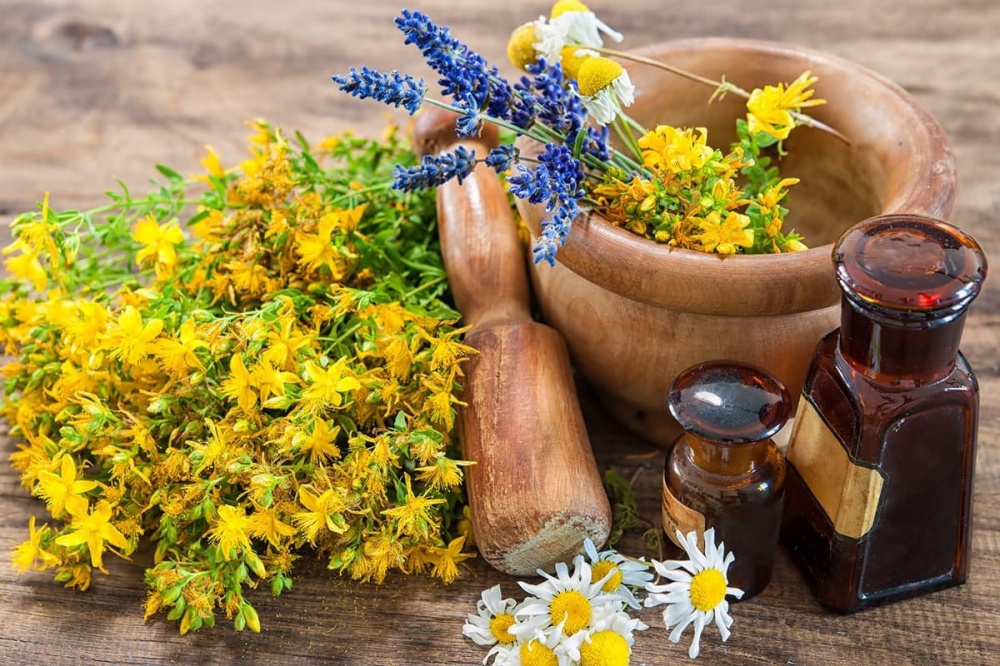THE IMPORTANCE OF LOCAL WILD FLORA OF TAJIKISTAN IN THE STRENGTHENING OF PUBLIC HEALTH
The use of plants to treat diseases and improve health began in ancient times. Even primitive people used the gifts of "living pharmacy" - nature. Information about the healing properties of plants was passed on from generation to generation. About how these plants were used by people, are evidenced by references in ancient myths, legends, tales. With the advent of writing, information about useful plants began to be recorded, which greatly expanded their practical use. Treatment with herbs was especially widely used in ancient Palestine, Egypt, Greece, Rome, India and China. Much interesting information on the medicinal use of plants was given by ancient thinkers and physicians: Hippocrates, Dioscorides, Pliny, Galen and others.
In the Middle Ages, the importance of medicinal plants increased even more. The outstanding Tajik scientist Abuali ibni Sino (Avicenna), in his famous book "Canon of Medical Science" provides information about almost nine hundred medicinal plants.
Despite the rapid development of chemistry and the creation of new highly effective synthetic drugs, medicinal plants continue to occupy a prominent place in the arsenal of therapeutic agents. However, drugs created on the basis of chemical synthesis should not be opposed to the means of plant origin; both are equally important for medical practice.
The Republic of Tajikistan is rich in a variety of medicinal plants, among which almost 40% are wild plants. Among them, Rosenbach's onion (Allium Rosenbachianum), popularly known as "siyohalaf" and Regel's giant onion (Allium giganteum Rgl.), known as "model, mokhdil" are very popular among the population. "Siyokhalaf" means "black grass" in Tajik and "model" means "moon heart". These varieties of onions mainly grow in mountainous areas and valleys of southwestern Pamiroalai, occur on soft slopes in the middle belt of the Hissor range, in the belts of black forests and junipers. All information on wild onion species was collected in the encyclopedia "Flora of the Tajik SSR", the chief editor of which was Academician P.N.Ovchinnikov.
The leaves are used to make a traditional vegetarian soup, which turns orange-pinkish at the beginning of cooking and then dark purple when ready. Onion leaves have these properties due to their peculiar content of biologically active substances (BAS) - carotene, traces of iodine, flavonoids, phytoncides, inulin, essential oils and others. Onion leaves are harvested in spring (April-May), before the beginning of flowering. The place of cutting is instantly colored in the color of iodine. Many people eat it with chaka - a national drink similar to sour milk. All those who lived in our region and knew about the taste and usefulness of the soup made of "siyohalaf" and "model", every spring nostalgically recall these miraculous plants.
This soup is useful for diseases of the gastrointestinal tract, especially those suffering from constipation. It also helps to normalize blood pressure, cope with avitaminosis and moping after winter. Dishes from mountain herbs, especially from "siyohalafa", are very fond of small children. When it's hot in the spring and you want more fluids, many people quench their thirst with chilled siyohalaf and model soups. They are tasty, nourishing and healthy.Thus, in spring, nature itself replenishes the useful substances lost by the human body in winter.
Translated Ismoilov R.

